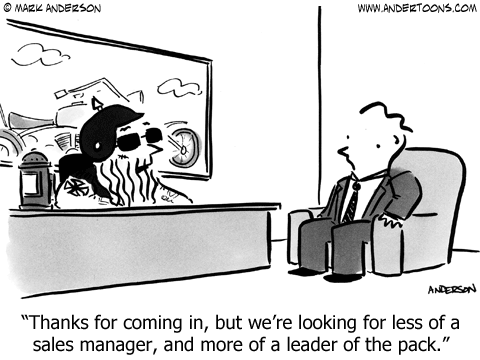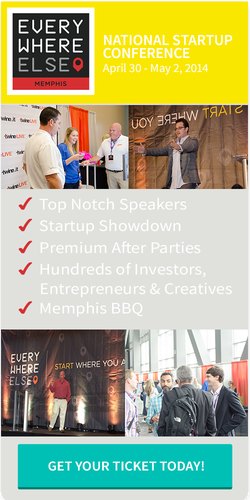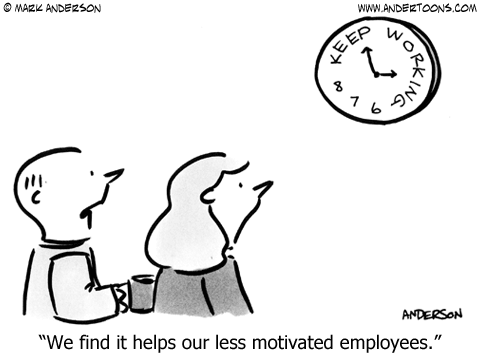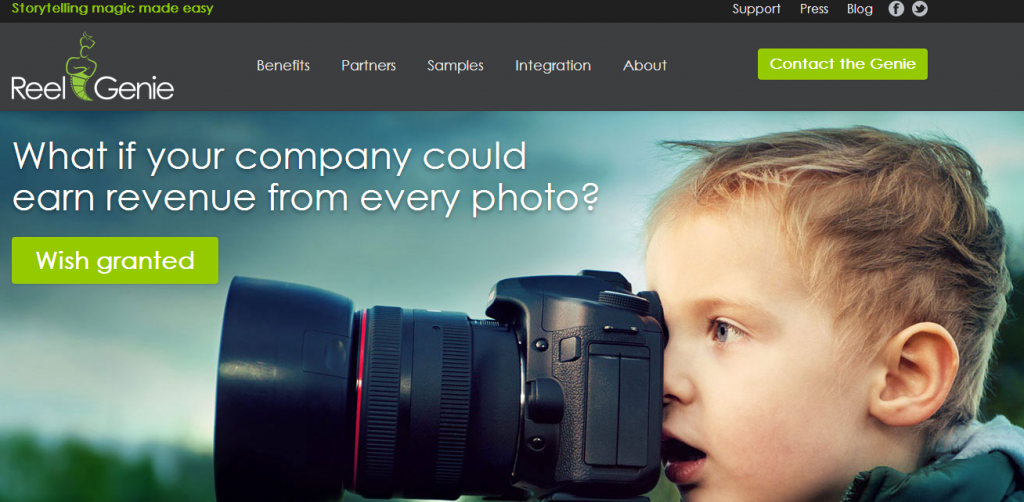In our network of friends and family, my husband and I are unique: We’re location independent, we home-school our two young children and we run a number of business ventures, both individually and together.
I’m the strategic, organized half; he’s the creative, disorganized half. A match made in heaven (or hell…you decide)!
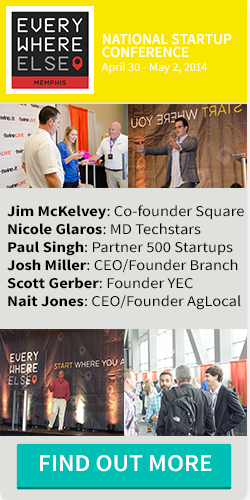 Most of the time things run smoothly in our household and “office.” But every now and then, I’m reminded that living, working, sleeping and parenting with your other half 24 hours a day, seven days a week isn’t always as easy as it might seem.
Most of the time things run smoothly in our household and “office.” But every now and then, I’m reminded that living, working, sleeping and parenting with your other half 24 hours a day, seven days a week isn’t always as easy as it might seem.
If you’re considering going into business with your spouse or significant other – either working on a joint project, or making the leap to do your own thing together — here are a few insights I wish someone had shared with us.
Play to Your Respective Strengths
For a long while, I wished Jonathan would get better at the strategizing and planning of his business ventures. I’d force him to have a go at doing it, watching the hours go by as he struggled to knock out even the most basic of plans.
In the end, we realized and accepted that it’s a much better approach to play to our strengths, and divide and conquer the rest. That way, we can stick to the tasks we’re best at. This doesn’t apply only to business; it works in life too. Jonathan’s the cook/cleaner of our household and I’m the organizer.
Identify and stick to your respective strengths, and you’ll find that instead of fighting against each other, you can pull together and leverage them to your advantage.
Commit and Stick to Agreed-Upon Boundaries
As with most households, agreeing on and maintaining certain boundaries helps keep the peace. When you live, sleep, parent and work with your other half, there are even more potential boundaries to be crossed.
Any entrepreneur knows how easy it is to let your business take over your life. Setting boundaries that separate your work and family life is vital when you’re both in the business. Work-talk over dinner, work-talk in bed, work-talk when you go out for coffee… if you’re not careful, work becomes all you ever talk about.
Agree on certain boundaries, like specific periods of time out during the week and dedicated family time, in order to keep the different areas of your relationship distinct. Doing so can really help maintain the more personal and intimate aspects of your relationship, which can ultimately suffer when you’re in business (and life) together.
Pick Your Battles
As an entrepreneurial couple, not only do you experience each other’s performance as partners, you experience each other’s performance as entrepreneurs. You are bound to find fault with how your spouse does something in business.
If one of you is the nagging type, your business becomes yet another area to find fault in. It can cause friction and arguments that didn’t exist before. Once again, common relationship advice becomes invaluable: Pick your battles.
Know when to let things go or you’ll find that your business becomes one more battleground – which is something you can’t afford to let happen if your livelihood depends on it.
Agree on Your Business Values
You likely already share many common core and life values with your partner, but how about your business values? Are you on the same page when it comes to how to run a business, how to service customers and clients, and how to market and sell what you do?
When you’re building a business together, it’s vital the business is built on shared, common values – if it’s not, you’ll constantly be at loggerheads.
We consider ourselves incredibly fortunate to be able to do what we do: spend all day every day together and with our children. But does it come easily? Not at all. Like all the best things in life, it often takes a lot of hard work, ongoing communication and plenty of give and take.
Lea Woodward is a Business strategist for micro-businesses and first time entrepreneurs. She is location independent and the creator of the original Location Independent website, having coined the term in 2007. She is the founder of Startup Training School, an online school dedicated to empowering women with the skills they need to get their business online. Find out more about Lea at http://www.LeaWoodward.com
The Young Entrepreneur Council (YEC) is an invite-only organization comprised of the world’s most promising young entrepreneurs. In partnership with Citi, YEC recently launched StartupCollective, a free virtual mentorship program that helps millions of entrepreneurs start and grow businesses.







